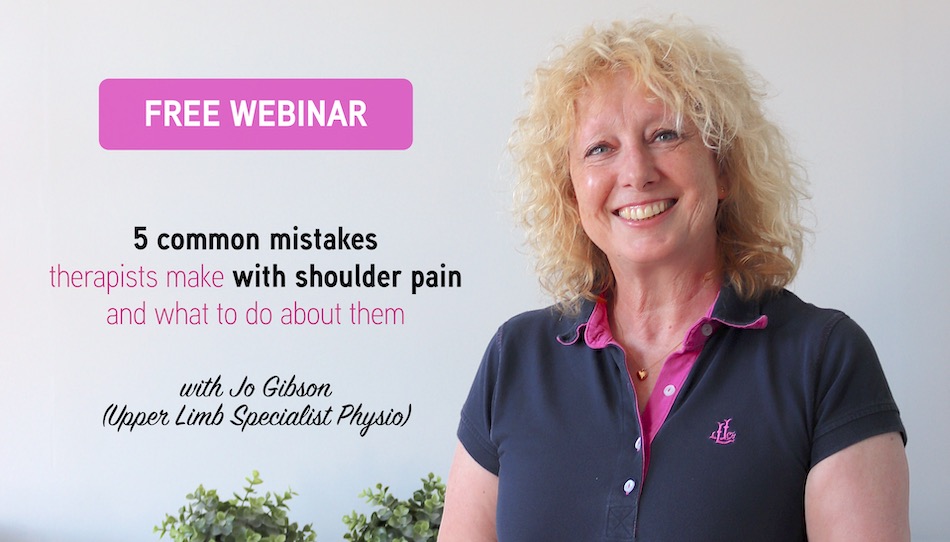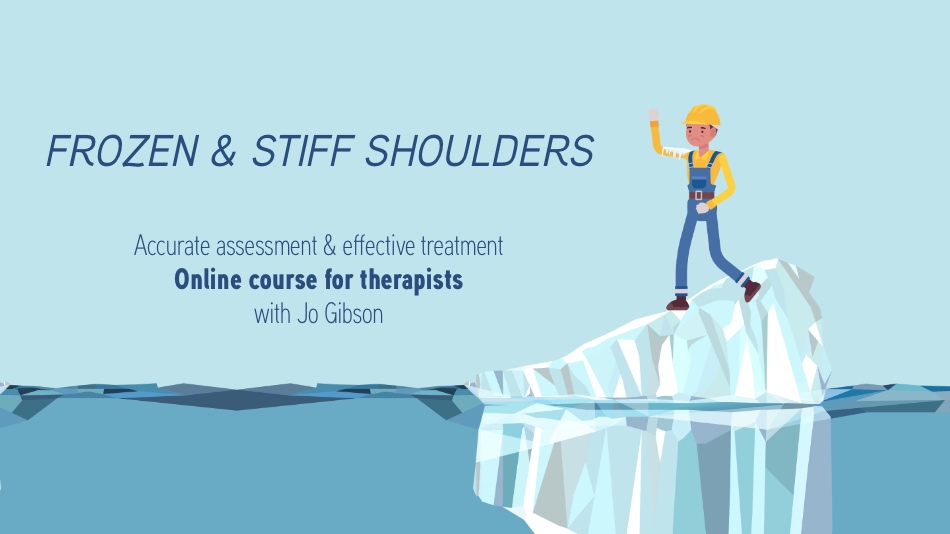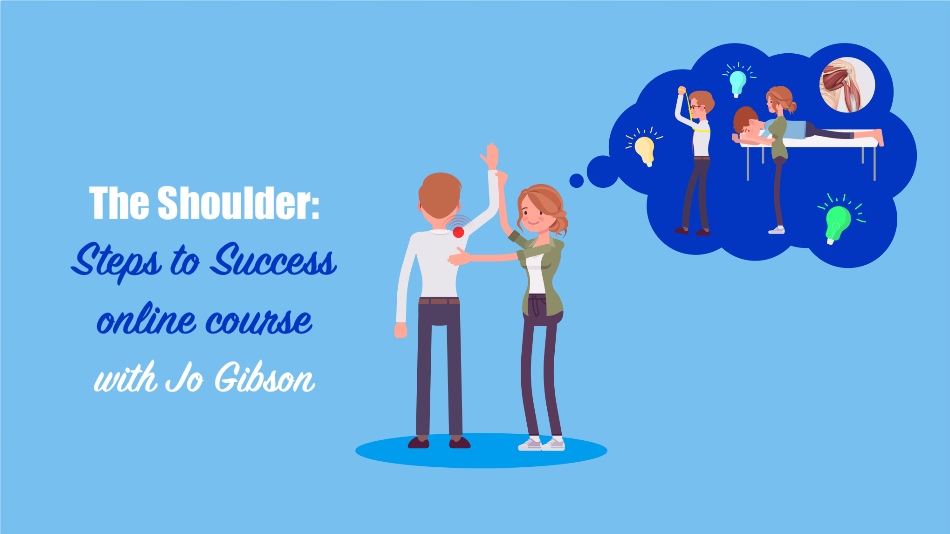105. Scapular dyskinesis - Does it really matter? with Jo Gibson
Release Date: 06/29/2020
 174. ACJ - The hidden culprit behind stubborn shoulder pain? Physio Edge Shoulder Success podcast with Jo Gibson
174. ACJ - The hidden culprit behind stubborn shoulder pain? Physio Edge Shoulder Success podcast with Jo Gibson
Physio Edge podcast
Have any of your shoulder patients improved and then plateaued, unable to regain their full range of movement, or get rid of their painful arc? Sometimes it’s not the cuff, capsule, nerves or neck—it’s the acromioclavicular joint (ACJ) holding things back. In this episode, Jo Gibson sheds light on this often-overlooked contributor to persistent shoulder pain. From real patient case studies to the latest research and simple clinic-ready symptom modification tests, Jo shares practical strategies you can use immediately. Learn how to identify ACJ involvement, and use targeted rehab...
info_outline 173. Hip flexor pain in runners: Diagnosis, myths, and rehab. Physio Edge Track record: Running repairs podcast with Tom Goom
173. Hip flexor pain in runners: Diagnosis, myths, and rehab. Physio Edge Track record: Running repairs podcast with Tom Goom
Physio Edge podcast
Anterior hip pain is often blamed on the hip flexors, but in runners, that’s rarely the diagnosis. So how can you identify the real cause and guide patients to a safe, effective recovery? In this episode, Tom Goom (Running Physio) explores the function of the hip flexors in running, key differentials for anterior hip or groin pain, and practical rehab strategies you can use right away. You’ll discover: Why true hip flexor tendinopathy is uncommon in endurance runners Red flags and key tests to identify bone stress fractures and intra‑articular pathology Early‑stage loading strategies...
info_outline 172. Shoulder pain assessment & clinical reasoning. Physio Edge Shoulder Success podcast with Jo Gibson
172. Shoulder pain assessment & clinical reasoning. Physio Edge Shoulder Success podcast with Jo Gibson
Physio Edge podcast
Your patient presents with shoulder pain, and straight away you need to identify: Is it rotator cuff related shoulder pain, frozen shoulder, instability, or something else entirely? Is it rotator cuff related shoulder pain, frozen shoulder, instability, or something else entirely? Is the pain actually coming from the shoulder? Could it be the cervical spine? Is there a tear that needs urgent referral? Should you order imaging? Refer to a surgeon? Or confidently continue with rehab? In this podcast, Jo Gibson (Upper Limb Rehabilitation Specialist Physio) guides you through a simple,...
info_outline 171. Achilles tendon ruptures: Rehab & recovery with Prof. Peter Malliaras
171. Achilles tendon ruptures: Rehab & recovery with Prof. Peter Malliaras
Physio Edge podcast
Your patient is running, playing sport, or jumping or lunging forward - an activity with fast eccentric or concentric activity in dorsiflexion,and suddenly they feel like they’ve been kicked in the back of the leg. They might hear a snap and have difficulty weightbearing, walking and pushing off. What’s your likely diagnosis? You picked it - an Achilles tendon (AT) rupture. AT ruptures are a devastating injury that can drastically impact a patient’s ability to walk, run, or return to sport. Despite their frequency, there’s a lot of uncertainty among clinicians, patients, and even...
info_outline 170. Brazilian Jiu Jitsu (BJJ) injuries with Dr Lachlan Giles
170. Brazilian Jiu Jitsu (BJJ) injuries with Dr Lachlan Giles
Physio Edge podcast
Brazilian Jiu-Jitsu (BJJ) is a popular grappling-based martial art that uses joint locks and chokes to subdue or submit opponents. It’s an intense, physically demanding sport with complex movements and submission techniques that involve a risk of injury, particularly to the knees, shoulders, elbows, neck, and lower back. It’s important for Physiotherapists and health professionals who treat BJJ athletes to understand the different mechanisms of injury, movements and positions athletes need to be able to perform, so they can develop successful rehabilitation programs, and safely and...
info_outline 169. Beyond stretching: How to create lasting flexibility. Physio Edge Running repairs podcast with Tom Goom
169. Beyond stretching: How to create lasting flexibility. Physio Edge Running repairs podcast with Tom Goom
Physio Edge podcast
Static stretching has long been used to improve flexibility, but research shows its effects are often short-lived. So how can you help patients achieve lasting improvements? In this episode, Tom Goom (Running Physio) explores exercises you can provide to patients to increase muscle fascicle length, improve flexibility, and reduce injury risk. You’ll discover: Why static stretching alone may not create long-term flexibility gains Exercises to improve muscle length and function Key training parameters for effective flexibility training Strategies to maintain flexibility improvements...
info_outline 168. How to explain shoulder pain to patients. Physio Edge Shoulder Success podcast with Jo Gibson
168. How to explain shoulder pain to patients. Physio Edge Shoulder Success podcast with Jo Gibson
Physio Edge podcast
How do the terms we use influence a patient’s understanding of their shoulder pain, their recovery expectations, and even their treatment choices? In this episode of the Physio Edge Shoulder Success Podcast, Jo Gibson (Upper Limb Rehabilitation Specialist Physio), explores the power of language in physiotherapy and how our explanations can either support or hinder a patient’s progress. Drawing on research and real-world clinical experience, Jo discusses a compelling case study: Persistent shoulder pain after multiple treatments – A patient with years of ongoing pain, failed...
info_outline 167. Bones, them strong bones: How to use bone loading programs. Physio Edge Running repairs podcast with Tom Goom
167. Bones, them strong bones: How to use bone loading programs. Physio Edge Running repairs podcast with Tom Goom
Physio Edge podcast
Bone strength and density are vital in your running and sporting patients who can experience bone stress injuries (BSI’s), and also as patients get older and more vulnerable to falls and fractures. How can you improve bone strength in patients following a bone stress injury such as Medial Tibial Stress Syndrome or stress fractures, or in other patients that you’d like to improve bone density or strength? Traditional approaches to strength and conditioning may not always address the needs of your patients recovering from bone stress injuries. That’s where bone loading programs come...
info_outline 166. To tape or not to tape? Physio Edge Shoulder Success podcast with Jo Gibson
166. To tape or not to tape? Physio Edge Shoulder Success podcast with Jo Gibson
Physio Edge podcast
Taping: does it really help patients with shoulder pain, or is it just a brightly coloured placebo? In this thought-provoking episode of the Physio Edge Shoulder Success Podcast, Jo Gibson, upper limb rehab specialist at Rehab for Performance, unpacks the complexities of taping in shoulder rehabilitation. Drawing from the latest evidence and her extensive experience with shoulder pain, Jo shares two compelling case studies and whether taping was useful in the treatment of: Volleyball player post-stabilisation surgery – Despite passing all return-to-play criteria, this patient struggled...
info_outline 165. Busting hip pain myths with Mehmet Gem
165. Busting hip pain myths with Mehmet Gem
Physio Edge podcast
Join hosts David Pope and The Hip Physio - Mehmet Gem as they dive deep into the myths and misconceptions surrounding hip and groin pain. This podcast explores common myths about glutes and hip flexors, effective rehab exercises, and how to accurately assess and treat various hip conditions. Get free access to the "Tricky tendons" infographic series Unlock the secrets of successful tendinopathy assessment and treatment with this free infographic series for therapists. Links Chapter markes: 00:00 Intro 00:27 Getting to know Mehmet 03:11 Glute myths and...
info_outline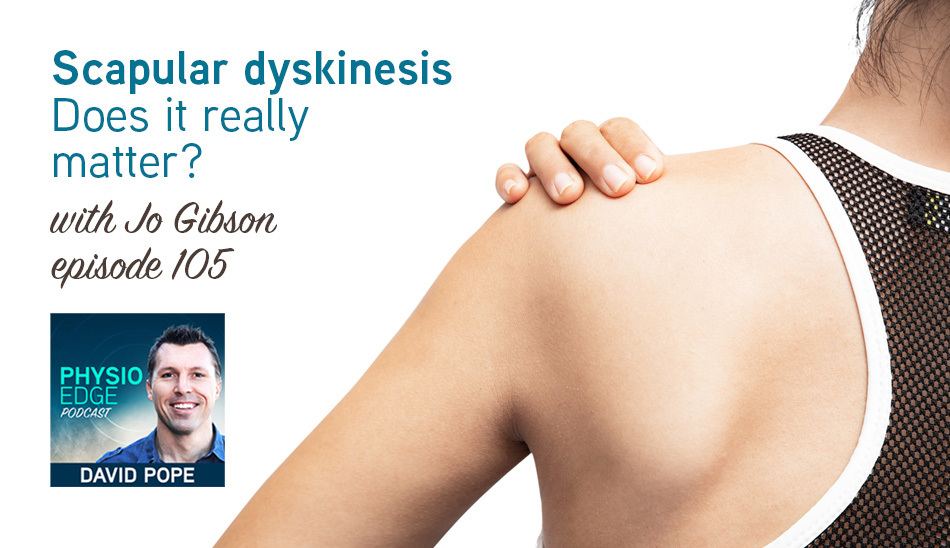
When you assess your patients shoulder movements, and notice a winging scapula, altered resting position or timing of scapula movement, do you need to treat it? Can we diagnose “Scapular dyskinesis”, and does it matter? How can you simplify your scapular assessment?
In this podcast, Jo Gibson (Clinical Physiotherapy Specialist) explores common beliefs and myths around the scapula, including:
- Abnormal scapular kinematics cause pain
- We can predict patients that are going to get shoulder pain
- Upper traps should be retrained to decrease their activation
- Scapular-based interventions are superior to rotator cuff based treatment
- There are reliable and valid ways to assess scapular movement
Alongside this mythbusting, you’ll explore:
- Is there any point assessing the scapula?
- Is scapular asymmetry normal or abnormal?
- Is scapular dyskinesis a normal response to exercise or loading?
- How accurate are we at identifying scapular dyskinesis compared to findings in laboratory studies of scapula movement?
- What scapular findings will you commonly observe in patients with massive rotator cuff tears, nerve injuries & stiffness?
- How does rotator cuff fatigue impact scapular movement?
- How does fear avoidance and worry about particular movements impact muscle activity and movement?
- When is increased upper traps activity helpful and beneficial?
- Should we try to decrease upper traps activity in patients with C/Sp driven shoulder pain?
- Can we preferentially target the scapular or rotator cuff with our exercises?
- Do improvements in shoulder pain correlate with changes or “improvements” in scapular movement?
- How do scapular assessment test (SAT) results impact your treatment and exercise prescription?
- If the SAT improves pain, does that mean we should perform scapular based exercises?
- Can we use scapular dyskinesia classification to stratify patients or guide our treatment?
- Is there any reliability in scapular assessment?
- Does the SAT simply identify those that have a favourable natural history ie are going to get better on their own regardless?
- Do scapular treatments increase the subacromial space, and does this matter?
- Is winging post-surgery (posterior stabilisation + labral repair) a product of surgery or does this need to be addressed?
- How does incorporating the kinetic chain into rehab impact patient movement strategies, scapular and rotator cuff recruitment?
- Are scapulothoracic bursae relevant to shoulder pain?
- How can you address patient beliefs and fear avoidance around their shoulder pain?
Podcast handout
Free webinar “5 common mistakes therapists make with shoulder pain, and what to do about them” with Jo Gibson
Register now for the free webinar "5 common mistakes therapists make with shoulder pain, and what to do about them" with Jo Gibson (Upper Limb Specialist Physio)
Frozen and stiff shoulder assessment & treatment with Jo Gibson
Shoulder: Steps to Success online course with Jo Gibson
Improve your assessment and treatment of shoulder pain with the Shoulder: Steps to Success online course with Jo Gibson, now available for enrolment at clinicaledge.co/shouldersuccess
CLICK HERE to get access to Sherlock Holmes and the sign of the four hypotheses with Nick Kendrick 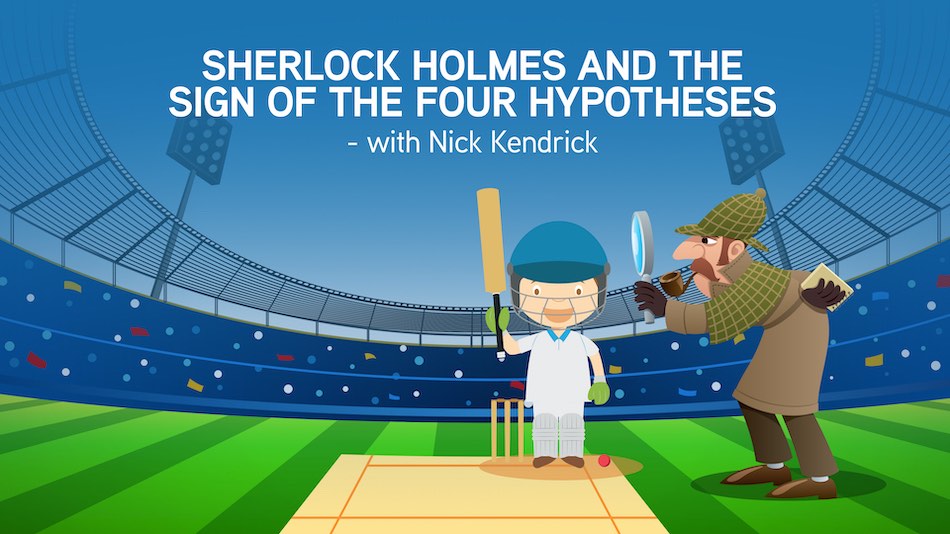
Links associated with this episode:
- Improve your assessment and treatment of frozen and stiff shoulders now with Jo Gibson’s online course at clinicaledge.co/frozenshoulder
- Improve your shoulder assessment & treatment with the Shoulder: Steps to Success online course with Jo Gibson
- Download and subscribe to the podcast on iTunes
- Download the podcast now using the best podcast app currently in existence - Overcast
- Listen to the podcast on Spotify
- Improve your confidence and clinical reasoning with a free trial Clinical Edge membership
- Let David know what you liked about this podcast on Twitter
- Review the podcast on iTunes
- Like the podcast on Facebook
- Infographics by Clinical Edge
- Jo Gibson on Twitter
Articles associated with this episode:
- Download the podcast handout to receive the articles associated with this podcast.
- Andersson SH, Bahr R, Clarsen B, Myklebust G. Risk factors for overuse shoulder injuries in a mixed-sex cohort of 329 elite handball players: previous findings could not be confirmed. British journal of sports medicine. 2018 Sep 1;52(18):1191-8.
- Asker M, Brooke HL, Waldén M, Tranaeus U, Johansson F, Skillgate E, Holm LW. Risk factors for, and prevention of, shoulder injuries in overhead sports: a systematic review with best-evidence synthesis. British journal of sports medicine. 2018 Oct 1;52(20):1312-9.
- Christiansen DH, Møller AD, Vestergaard JM, Mose S, Maribo T. The scapular dyskinesis test: Reliability, agreement, and predictive value in patients with subacromial impingement syndrome. Journal of Hand Therapy. 2017 Apr 1;30(2):208-13.





